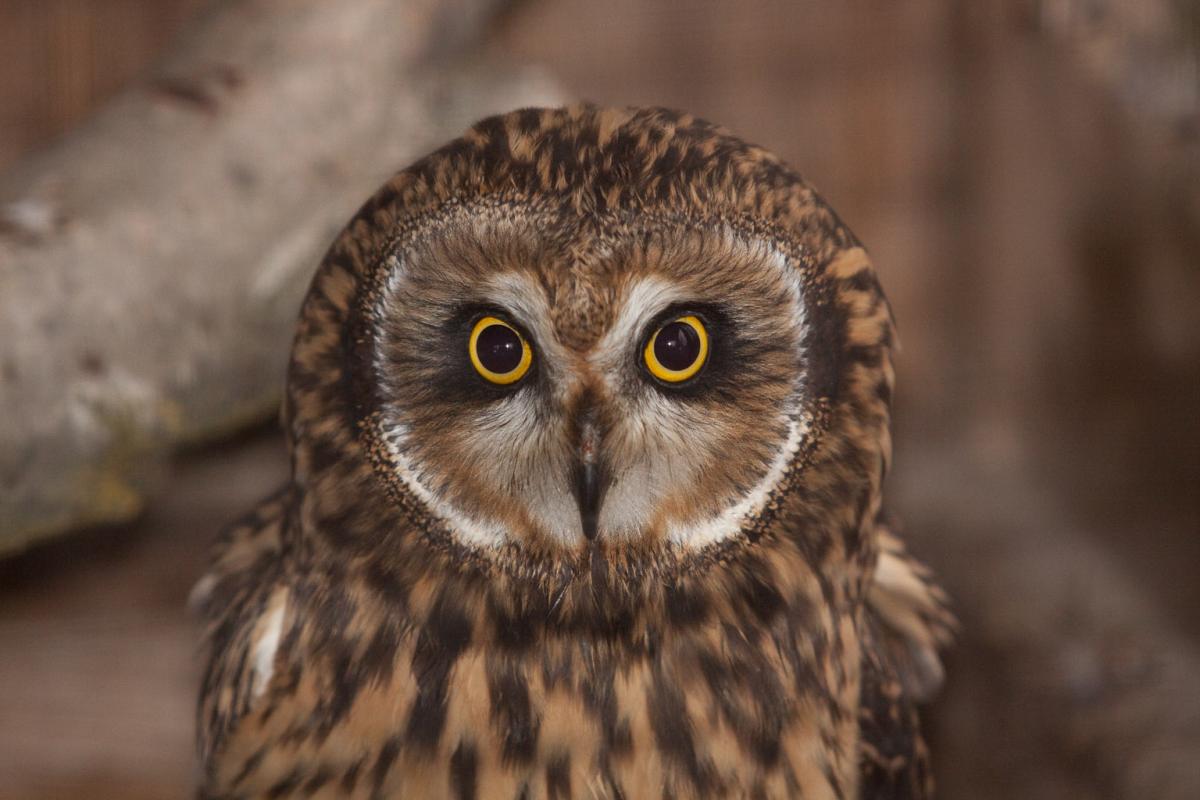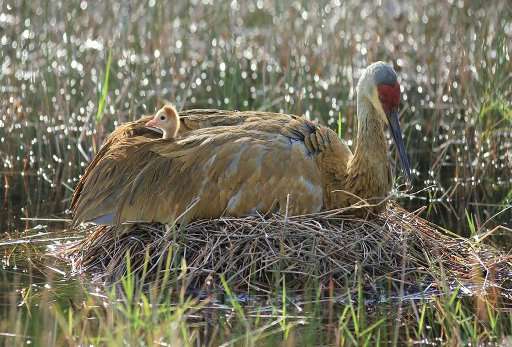
The Living Bird
100 Years of Listening to Nature
The Cornell Lab of Ornithology
Foreword by Barbara Kingsolver
Photographs by Gerrit Vyn
(Mountaineers Books

- Most Ominous Looking Bird: The Short-Eared Owl.
- Most Disgusting: Mama Great Egret Feeding Her Young.
- Oddest-Looking: Spectacled Eider Male.
- Second Oddest-Looking: Spectacled Eider Female.
- Most Disgusting Photograph: Ferruginous Hawk chicks eating a white-tailed prairie dog. Raw.
- Weirdest by far: Male Greater Sage Grouse displaying rump during courtship routine.
- Most Boring: the Common Raven at rest with its fellows, yawning on camera.
- Most Pacific: Trumpeter Swans floating on lake.
- Most Alarming: Reddish Egret herding schools of small fish in surf.
- Oddest Speckled Bird: Female White-Tailed Ptarmigan in midsummer.
- Weirdest (and most uncomfortable) collection: Thousands of Red-legged Kittiwakes nested on a hillside on Saint George Island.
- Stinkiest: Least Auklets crapping where they nest on rocks and boulders in the North Pacific.
- Noisiest: Male Ruffled Grouse drumming and showing off ruff.
- Looniest: Male Common Loon wailing.
- Most Show-Off: Flamingos courting.
- Most Cuddly: Florida Sandhill Crane chick.
- Second Most Cuddly: Two Short-Eared Owl chicks.
- Stupidiest Looking: Burrowing Owl fledgling.
- Most Colorful: Five blue-speckled eggs of the Red-Winged Blackbird.
- Ugliest Nest: The common Bushtit's.
- Most Complacent: A dozen or so Western Sandpipers just hanging out there on the shore. Or
- Two dozen Marbled Godwits lazing about there on the dock.
- Biggest showoff: Male Frigatebird blowing up his big fat red throat sac.
- Bluest bill: The male Ruddy Duck.
- Busiest-looking: The Belted Kingfisher.
- The Little Old Man of Bird-dom: The Great Blue Heron hunched over there on her nest.
- Lunkiest: Emperor Goose protecting its nest.
- Oddest bird names: Oleaginous Hemispingus***, Layard's Tit-Babbler, the Zitting Cisticola, the Greater Pewee, the Predicted Antwren, the Crimson
Fruitcrow and the Spectacled Tyrant.Going through The Living Bird is a wake, if not an oxymoron. In this colorful collection of over 200 photographs, many of the birds listed are noted as endangered, dying off, barely hanging on. In his essay, "The Coming Decades," Jared Drummond reports that "It has been years since I saw a quail or a mockingbird in my garden in Los Angeles, although they were to be seen daily when I bought my house a few decades ago. The current pace of change in the world is so rapid that, under any plausible scenario, a significant fraction of the world's bird species will be endangered or extinct by the time that my children (born in 1987) reach retirement age."
And in a report from Chukotka, Russia, Gerrit Vyn tells us about the Spoon-billed Sandpiper that migrates to the tidal mudflats of Yellow Sea,
but that sea's shorelines are being converted from natural intertidal habitat to rice paddies, salt pans, aquaculture, and industry . . . An estimated 51 percent of China's and 60 percent of South Korea's coastal wetlands have already been lost, and development continues unabated . . . Through its devastating population crash, the tiny Spoon-billed Sandpiper is telling us that the Yellow Sea has passed the tipping point.

And in the captions to the more than 200 gorgeous photographs that accompany the text of The Living Bird, we find these reminders sprinkled almost everywhere: "The Florida Grasshopper Sparrow is the most endangered bird in the mainland United States." "Bird species that feed in Gulf waters or nest on its shores were the most heavily impacted by oil from the spill." "The unique and imperilled Gunnison Sage-Grouse was listed as a threatened species in 2014." "The Red-faced Cormorant is one our least-studied bird species and appears to be significantly declining in numbers."
Perhaps a follow-up volume from The Cornell Lab of Ornithology should merely be titled The Dying Bird. And perhaps when our grandchildren grow up, the only access they will have to this fascinating collection of birdlife will be solely on the pages of this gorgeous set.
--- C. A. Amantea***"This name gets top honors in my book. It sounds like a horrible disease or some terrible strain of bacteria. In fact it is just a rather dull-green tanager from South America, not to be confused with the equally brow-furrowing Superciliaried Hemispingus." George Amistead at http://blog.aba.org/2013/12/the-top-10-most-
awesome-bird-names-in-the-world.